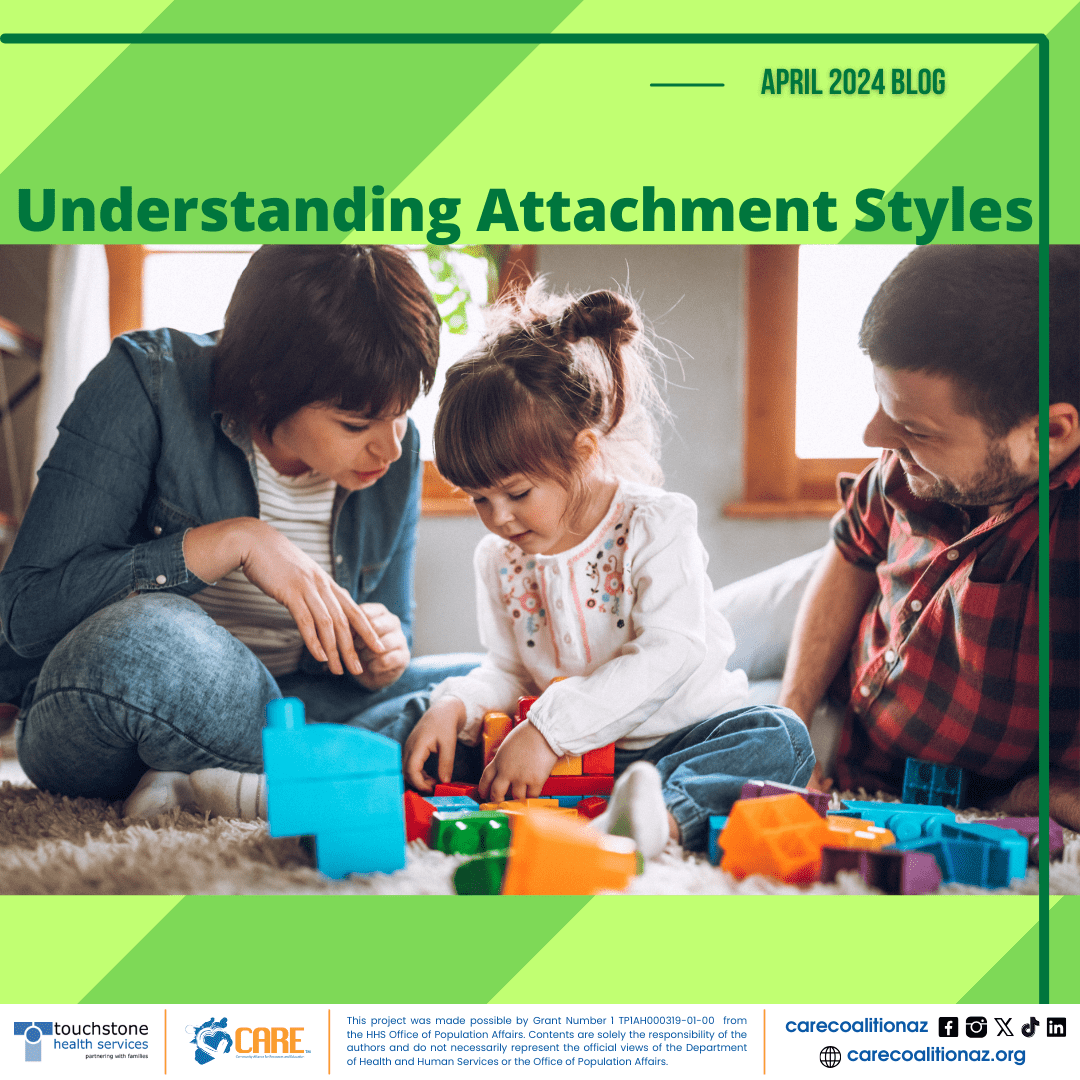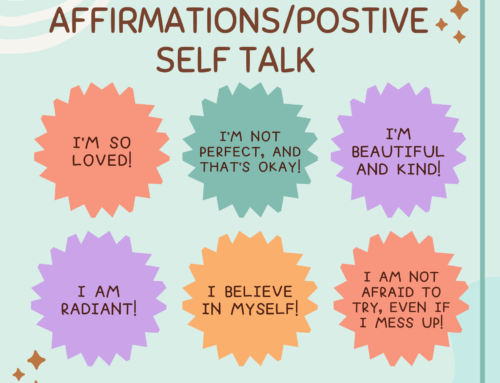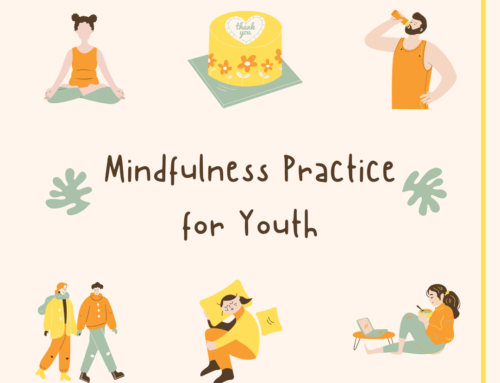Understanding Attachment Styles
Greeting readers!
Did you know that the relationship between a parent/caregiver and a youth dramatically affects how they develop their future relationships? Attachment styles play a significant role in shaping our approach to relationships. Attachment styles came from the attachment theory, created by Psychologist John Bowlby and later Mary Ainsworth. Bowlby first believed infants were biologically wired to form emotional bonds with their caregivers as a “survival strategy” (Mcleod, 2024). Ainsworth then expanded on his idea with her “Strange Situation” study, in which youth behaviors were observed with their caregivers. Overall, they found that the quality of bonding youth experience with their parent/caregiver during adolescence can impact how they connect with others, even throughout their life (Mcleod, 2024). By using the attachment theory as well as this study, four attachment styles were identified: anxious/preoccupied, avoidant/dismissive, disorganized/fearful avoidant and secure.
Attachment Styles
Here are the key characteristics of each attachment style:
- Strong desire for intimacy and closeness
- Fear of abandonment: often overwhelmed by the fear of being alone
- Seeks reassurance and validation from their partner to alleviate anxiety
- Overthinking and overanalyzing relationship dynamics
- Difficulty trusting their partner
- Has a strong sense of independence in relationships
- Uncomfortable with expressing their feelings
- Feels threatened by anyone who tries to get close
- May be emotionally distant or detached in relationships
- Believes that they you do not “need” anyone
- Fear of rejection and abandonment but also a fear of losing independence
- Difficulty regulating emotions
- Shows signs of anxious and avoidant behaviors
- Negative views of themselves and others
- Wants connections but fears closeness
- Ability to regulate emotions
- Easily trusts others
- Effective communication skills
- The positive sense of self
- Able to set appropriate boundaries
Why is this important?
How a parent/caregiver acts with their youth forms the foundation for how the youth perceives and acts with others. When a youth is raised in a safe and caring environment where caregivers are responsive to their youth’s needs, they will be more likely to develop secure attachments in the future. However, when a youth believes that their emotional needs are not being met or feels a lack of support from their parent/caregiver, then a youth is more likely to develop an insecure attachment style. Furthermore, being aware of your attachment style can help people recognize unhealthy patterns of behaviors when handling conflict, address potential challenges in relationships and work towards building healthier bonds. While a youth and parent/caregiver relationship may be an insecure attachment, it’s never too late to change to work toward a positive, secure relationship.
Here’s how YOU can be a Prevention Partner:
Take the Attachment Style Quiz to learn about your attachment style! Encourage friends and chosen family to take it as well! Click here: Attachment Style Quiz
Learn more about how your attachment style can affect your relationships! Reflect on why your attachment style is the way it is. By developing more self-awareness regarding your attachment style, you can identify unhealthy behaviors and understand what you need to work on to improve the relationships around you!
Encourage open conversations about attachment styles with friends and chosen family.
Even though attachment styles are formed in early childhood, they are not set in stone. Individuals can work on changing or adapting their attachment styles. Visit our website to develop and use mindfulness strategies to help build stronger, healthier, and more fulfilling relationships at https://carecoalitionaz.org/cares-soothing-place/.
References:
- Saul Mcleod, Mary Ainsworth, Strange Situation Experiment & Attachment Theory, 2024: https://www.simplypsychology.org/mary-ainsworth.html
- Saul Mcleod, John Bowlby’s Attachment Theory, 2024: https://www.simplypsychology.org/bowlby.html
- The Attachment Project, 2024: https://www.attachmentproject.com/
Join our upcoming events!
Suicide is the second leading cause of death for youth in Arizona and across the United States. Schools and districs can keep their students safe by implementing strategic and comprehensive plans for suicide prevention. The goal of suicide prevention is to decrease risk and increase protective factors within a community. In this session, participants will learn how to [...]
Youth Mental Health First Aid (YMHFA) is a full day training free to community members who work directly with youth or have youth of their own. Take the opportunity to become a certified Youth Mental Health First Aider and learn how to identify, understand, and response to youth who may be experiencing a mental health [...]
Being mindful has a positive impact on the way we react and respond to challenging situations. Learn how stress directly impacts the wellbeing of both adults and youth and impacts relationships, classroom management, safety, and academic growth. Explore mind-body connections, use mindfulness tools, and empower teachers and other youth-serving professionals. Download the flyer here.






